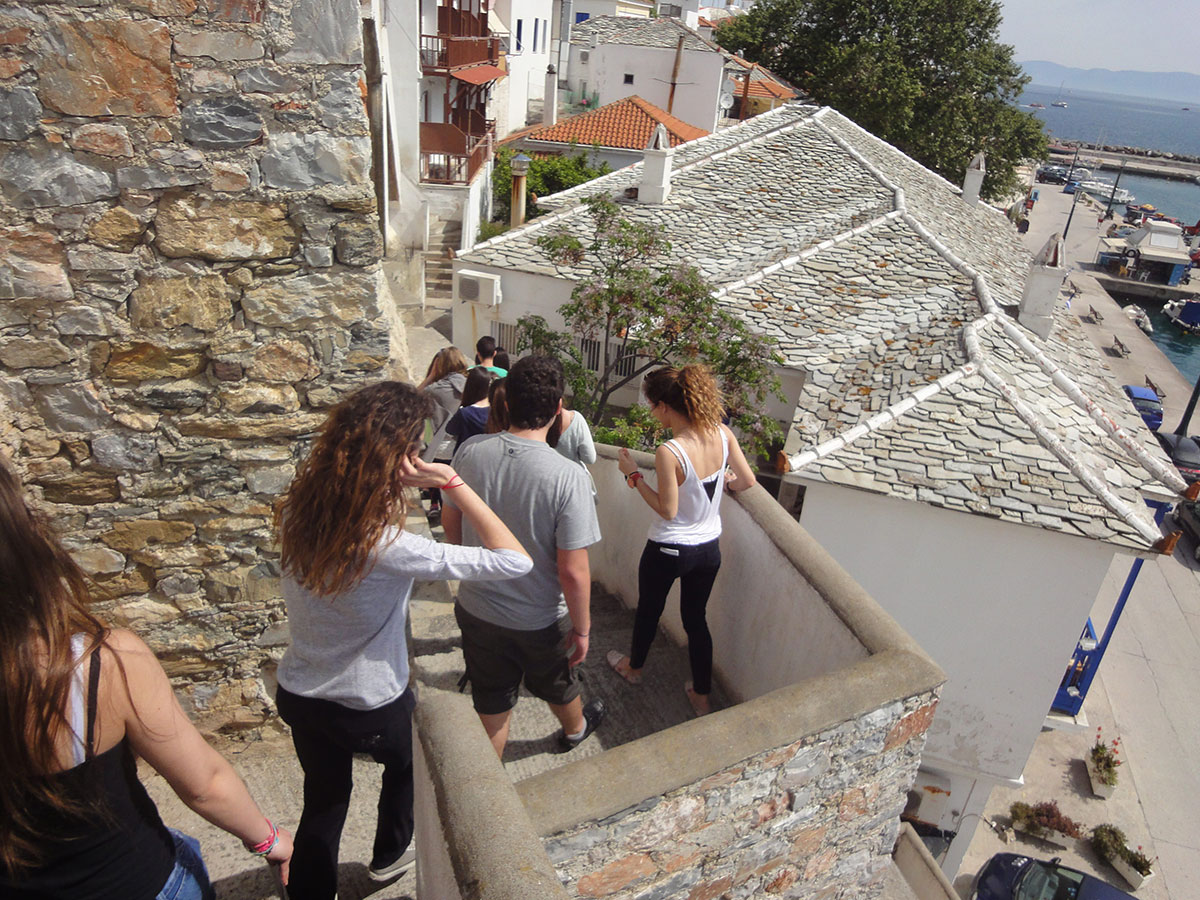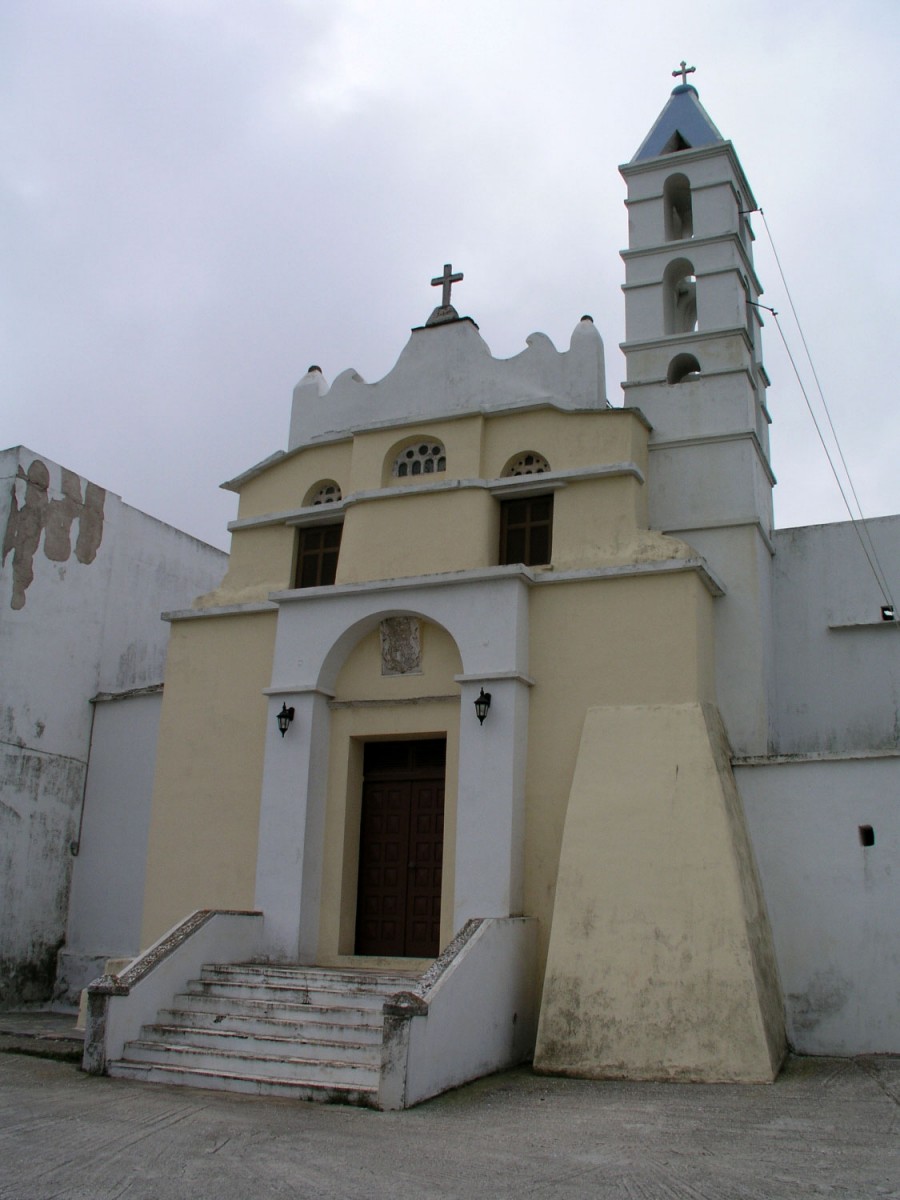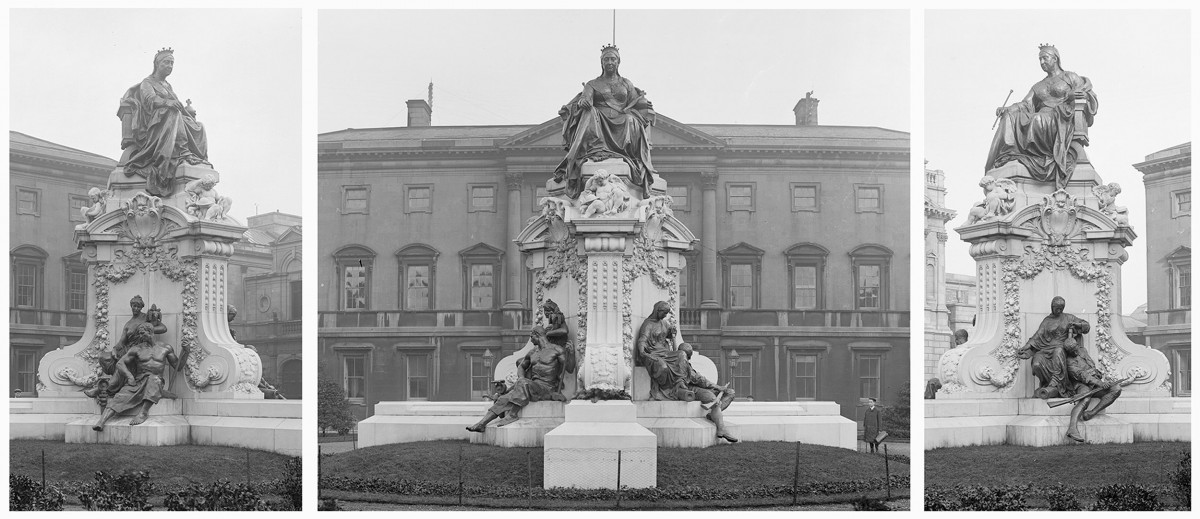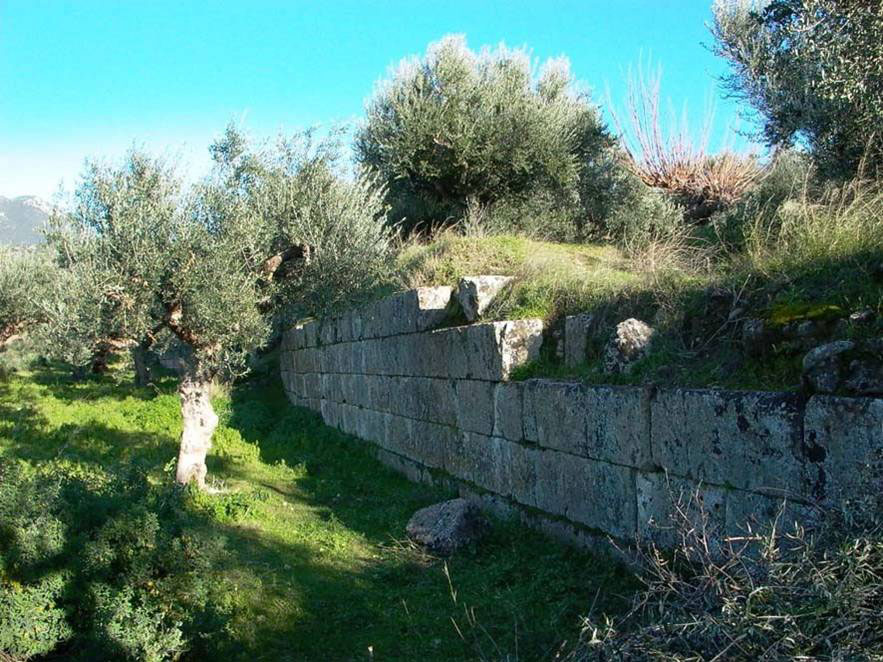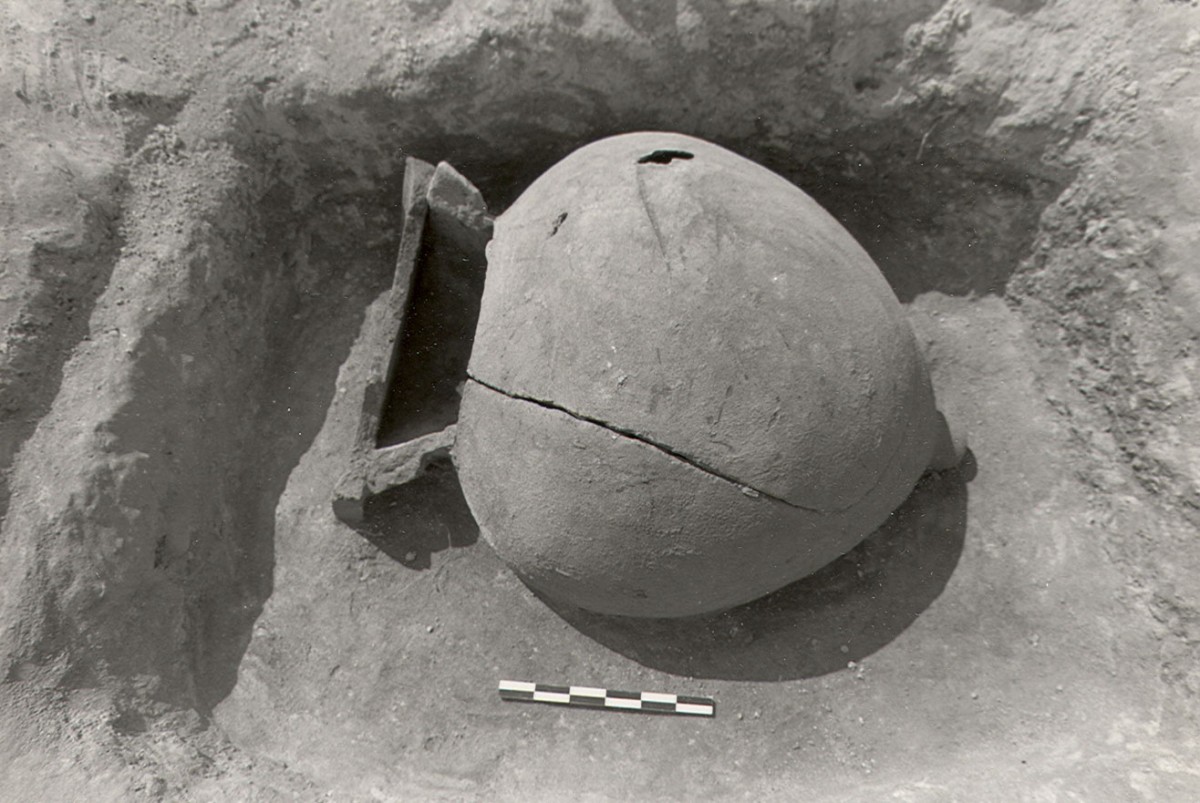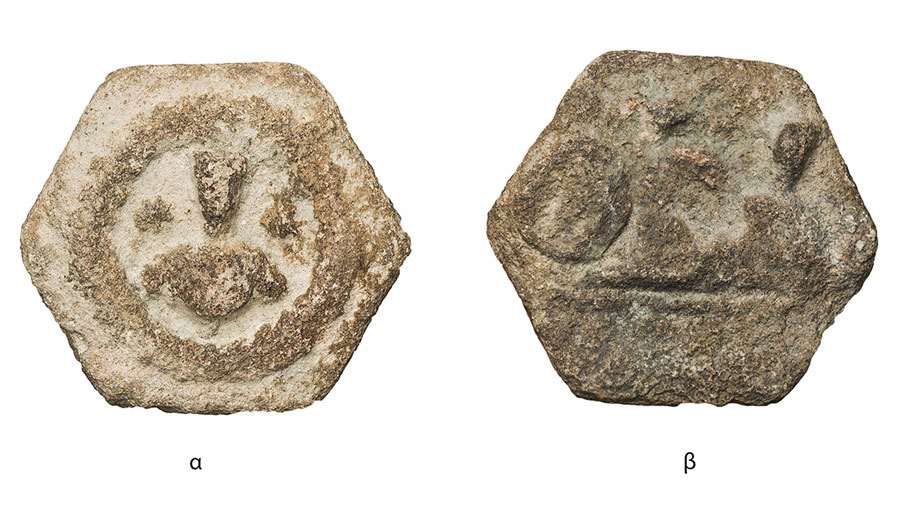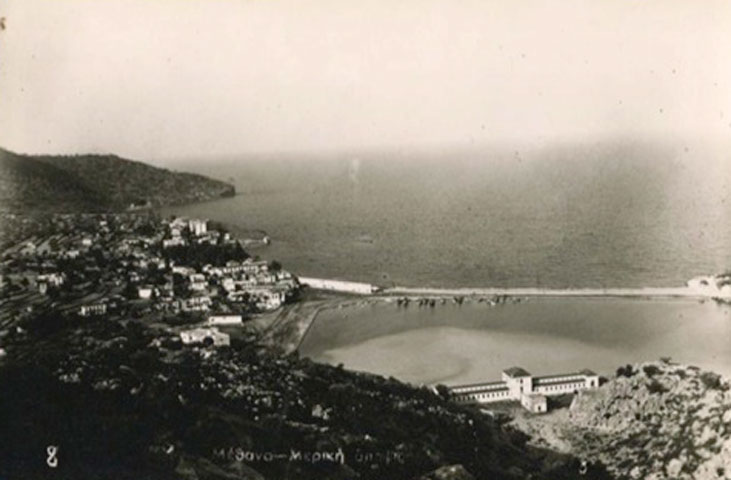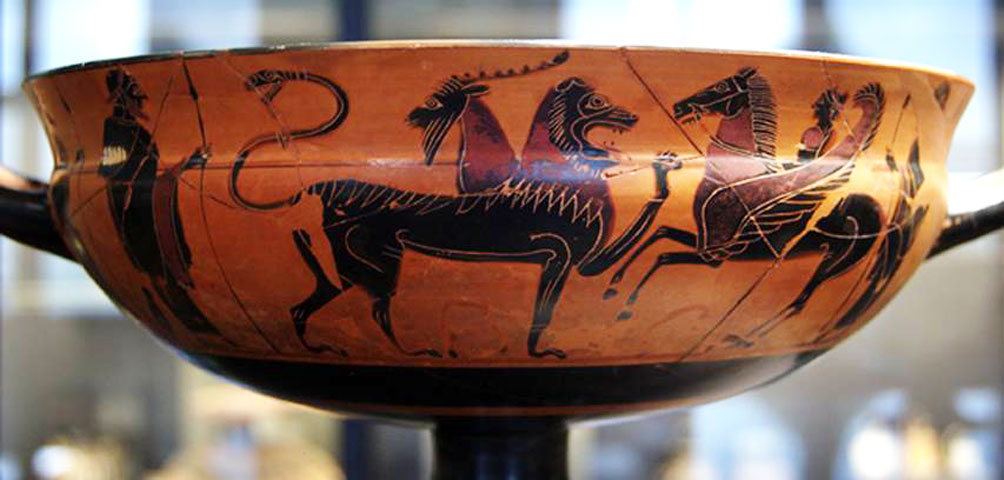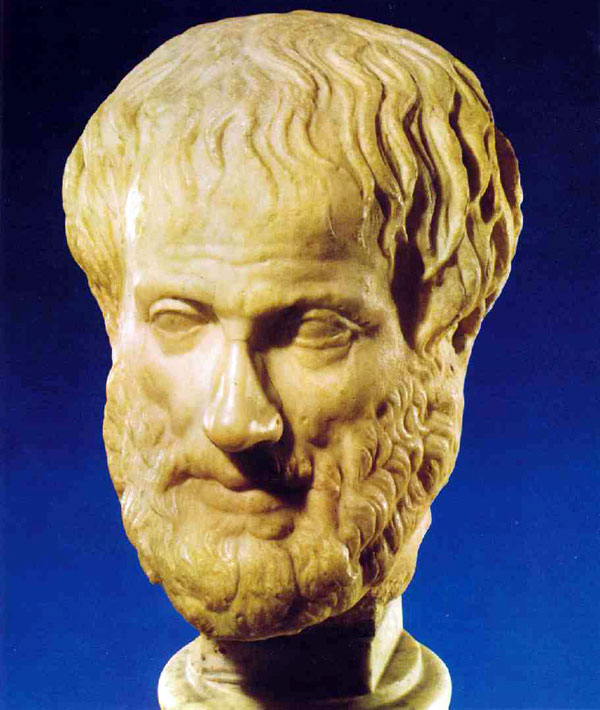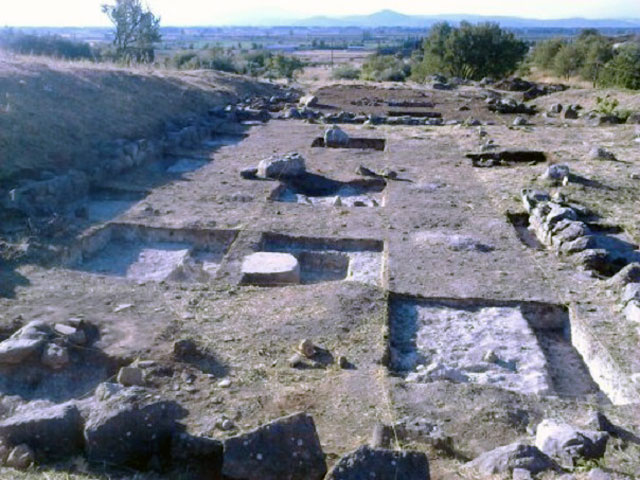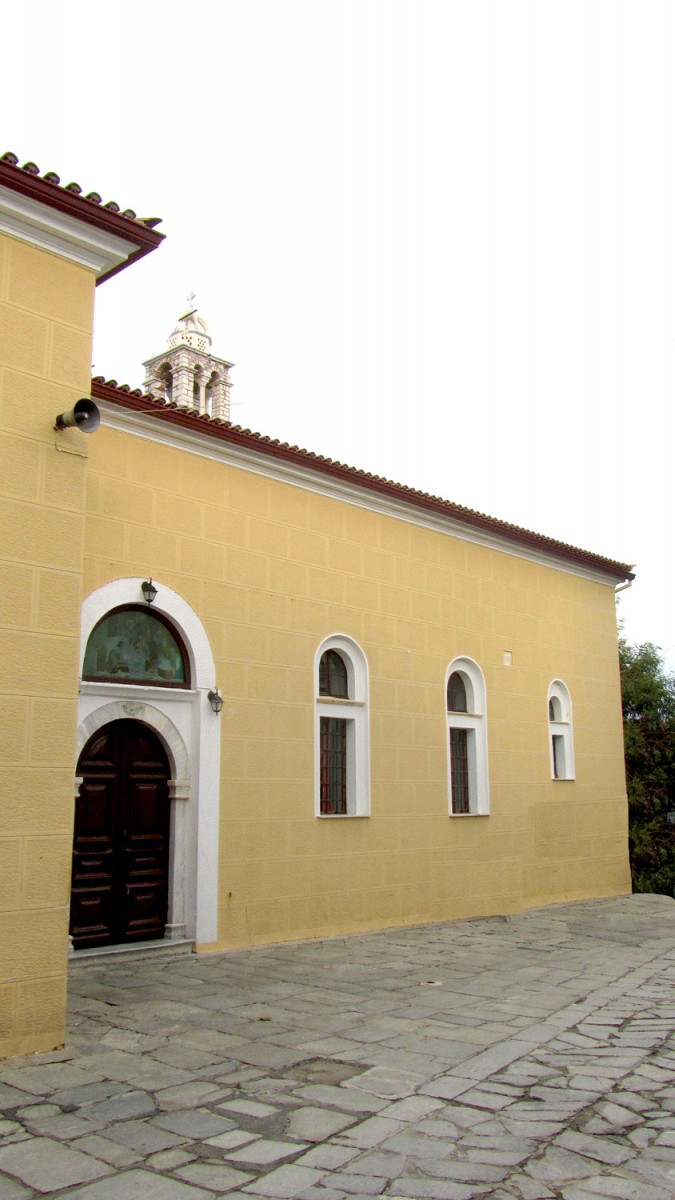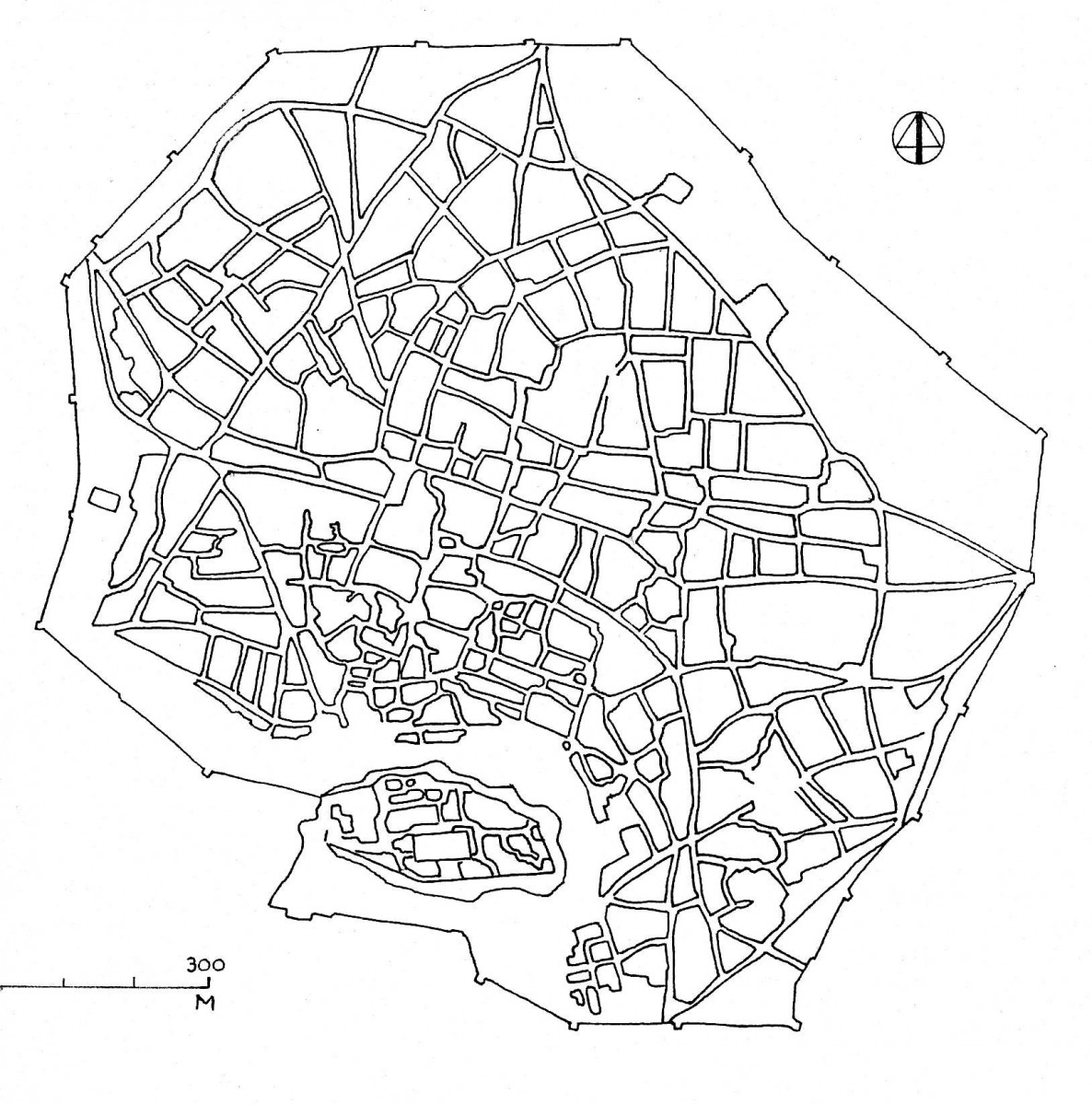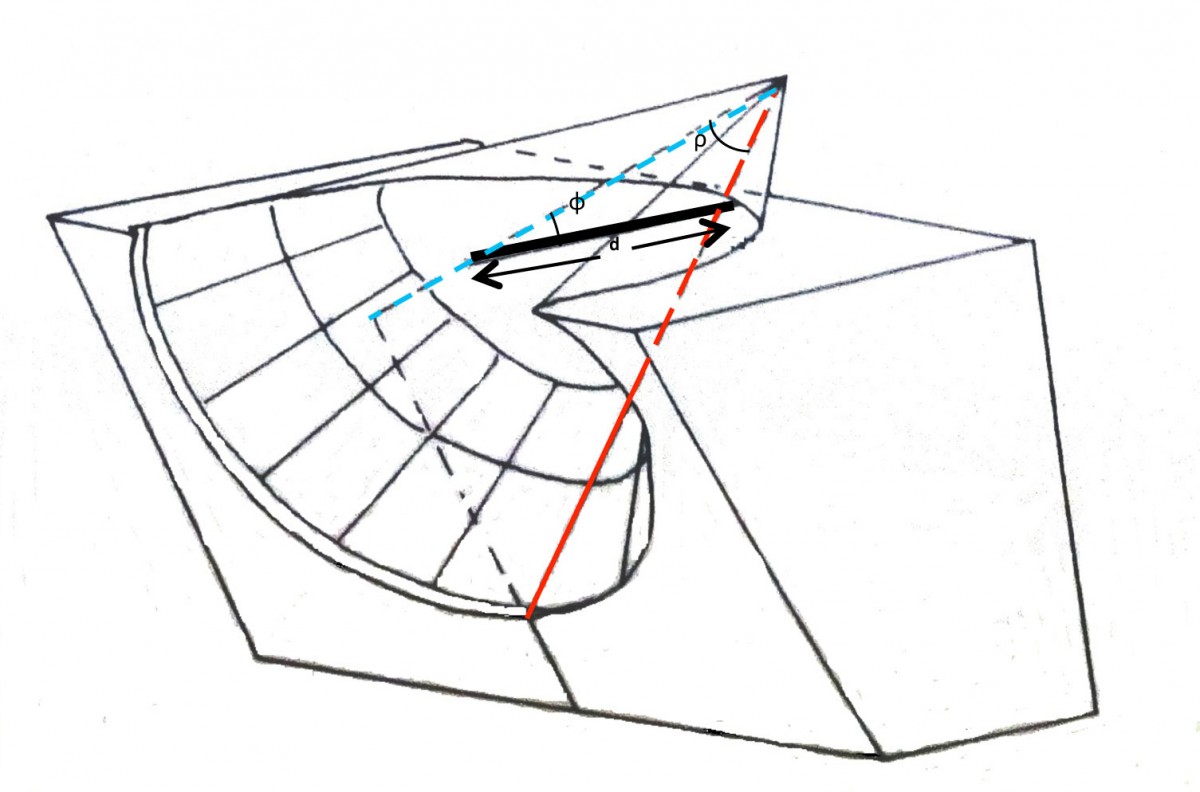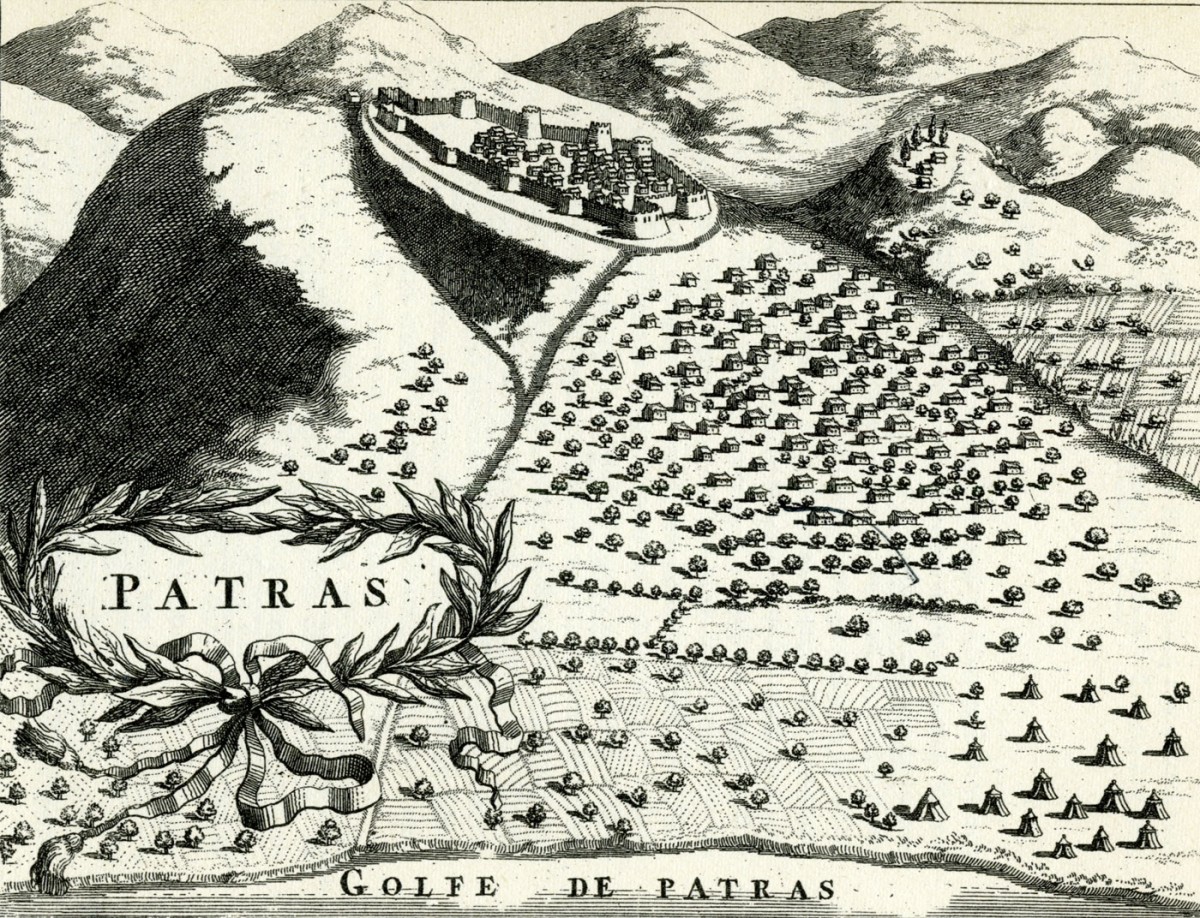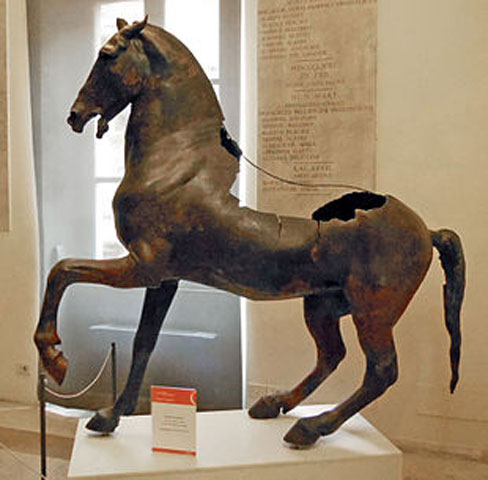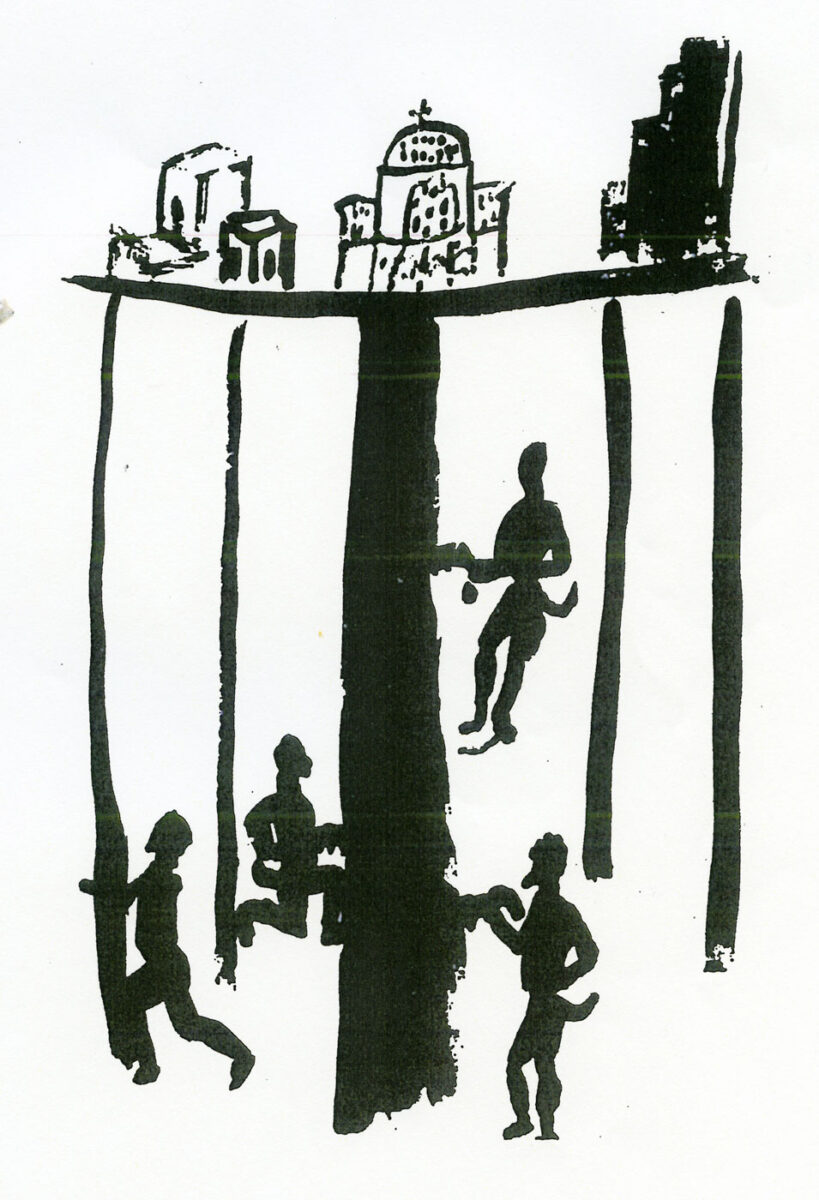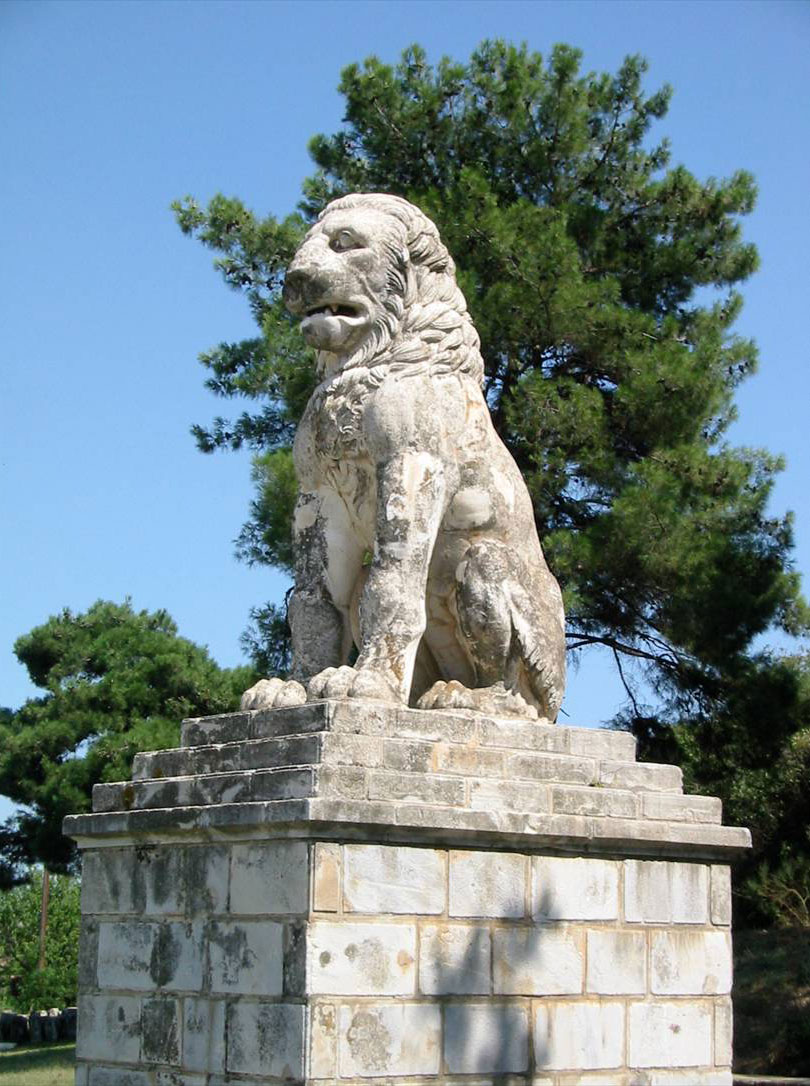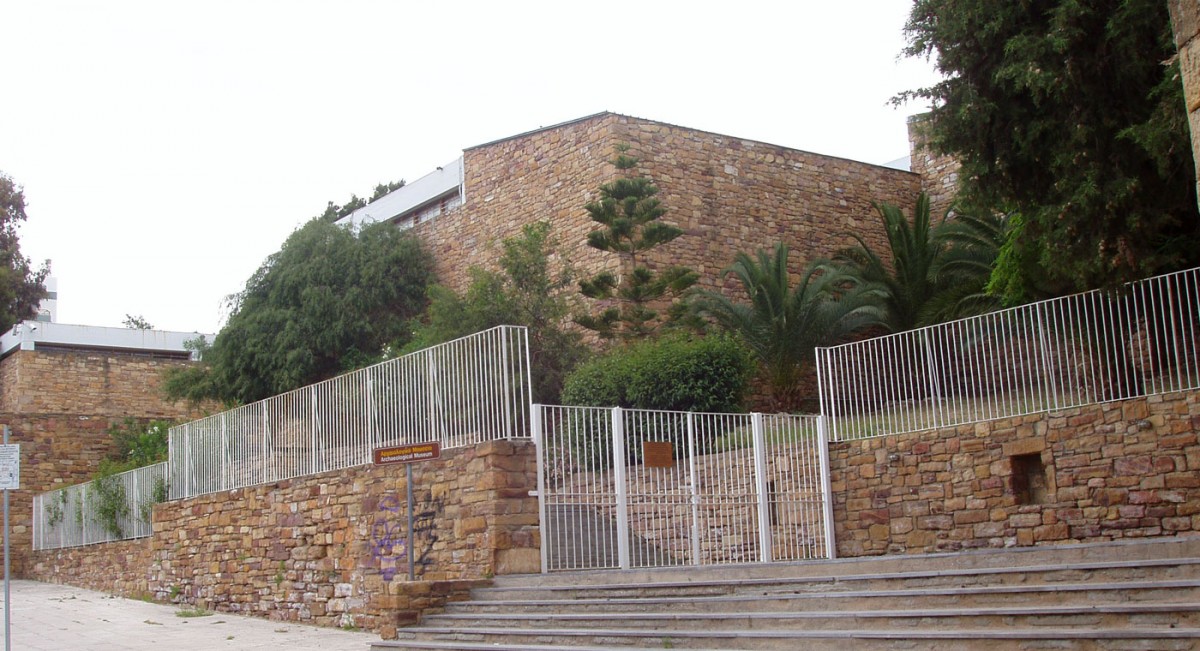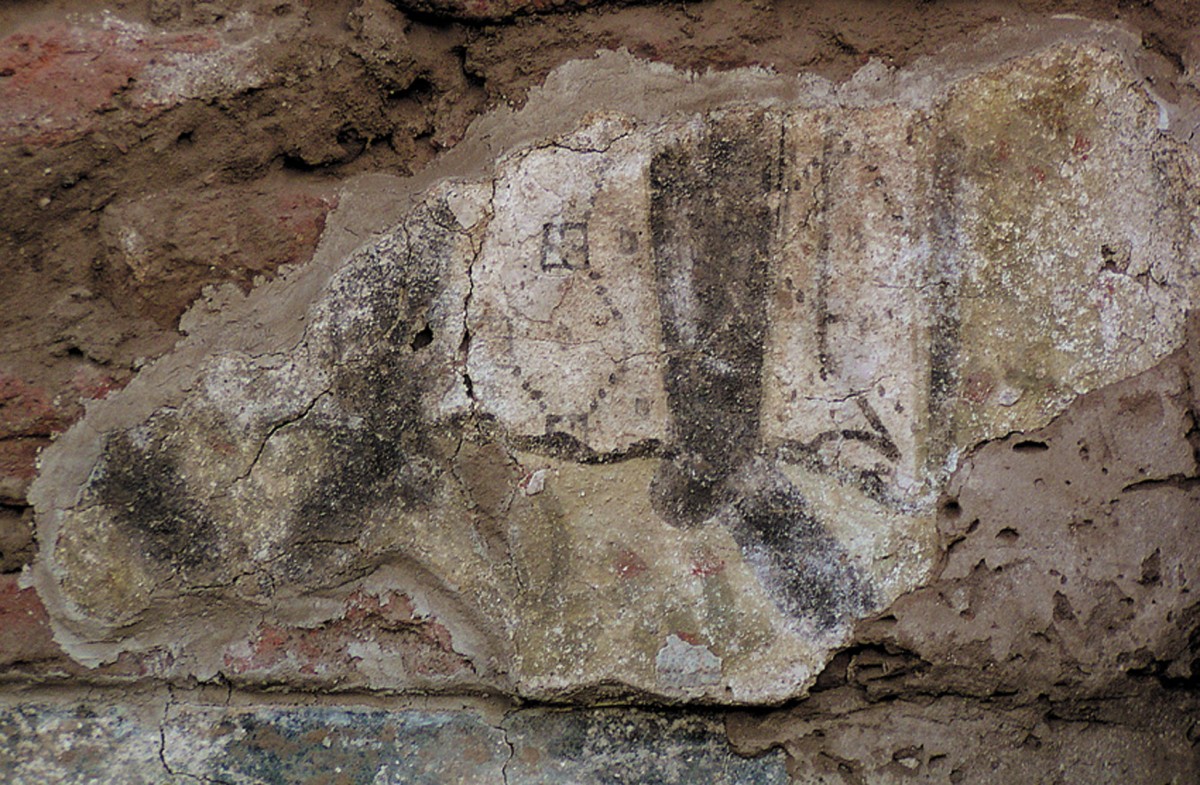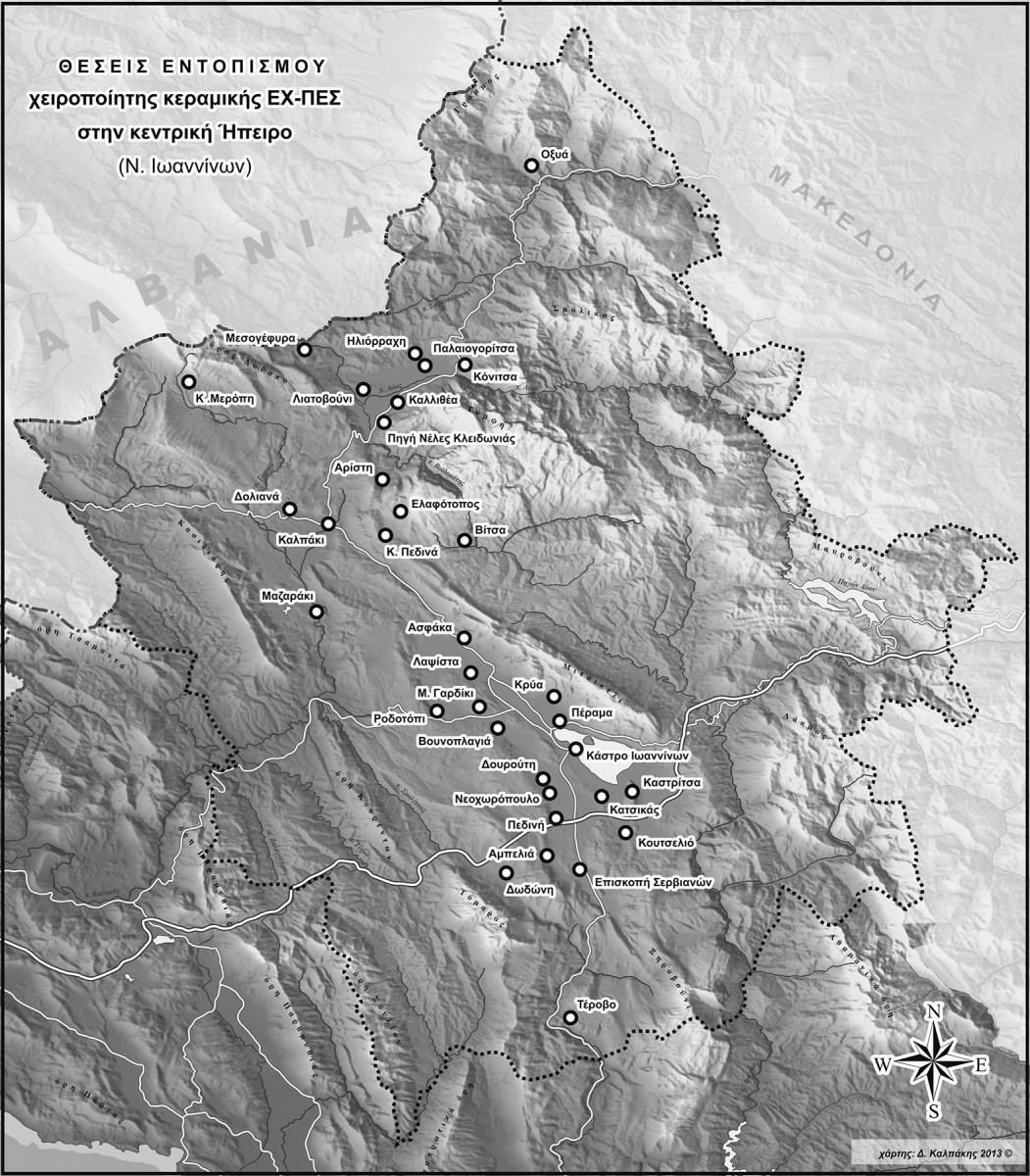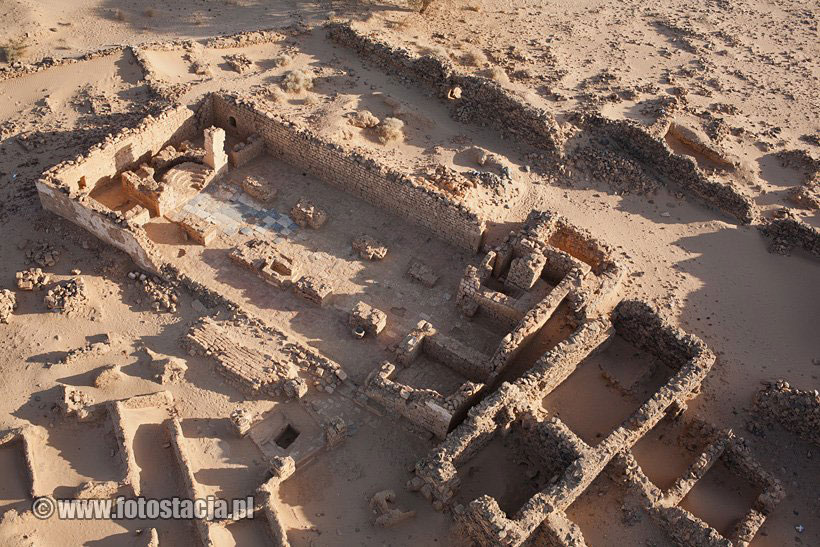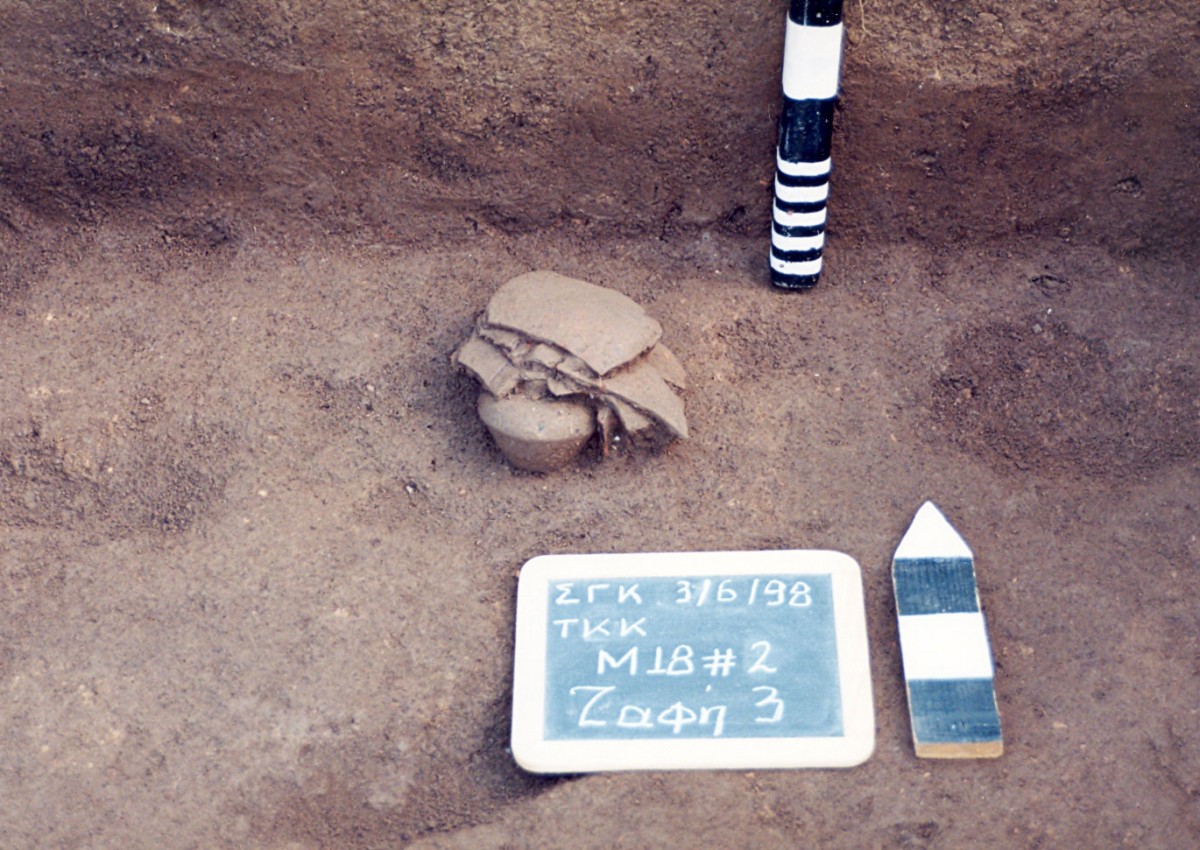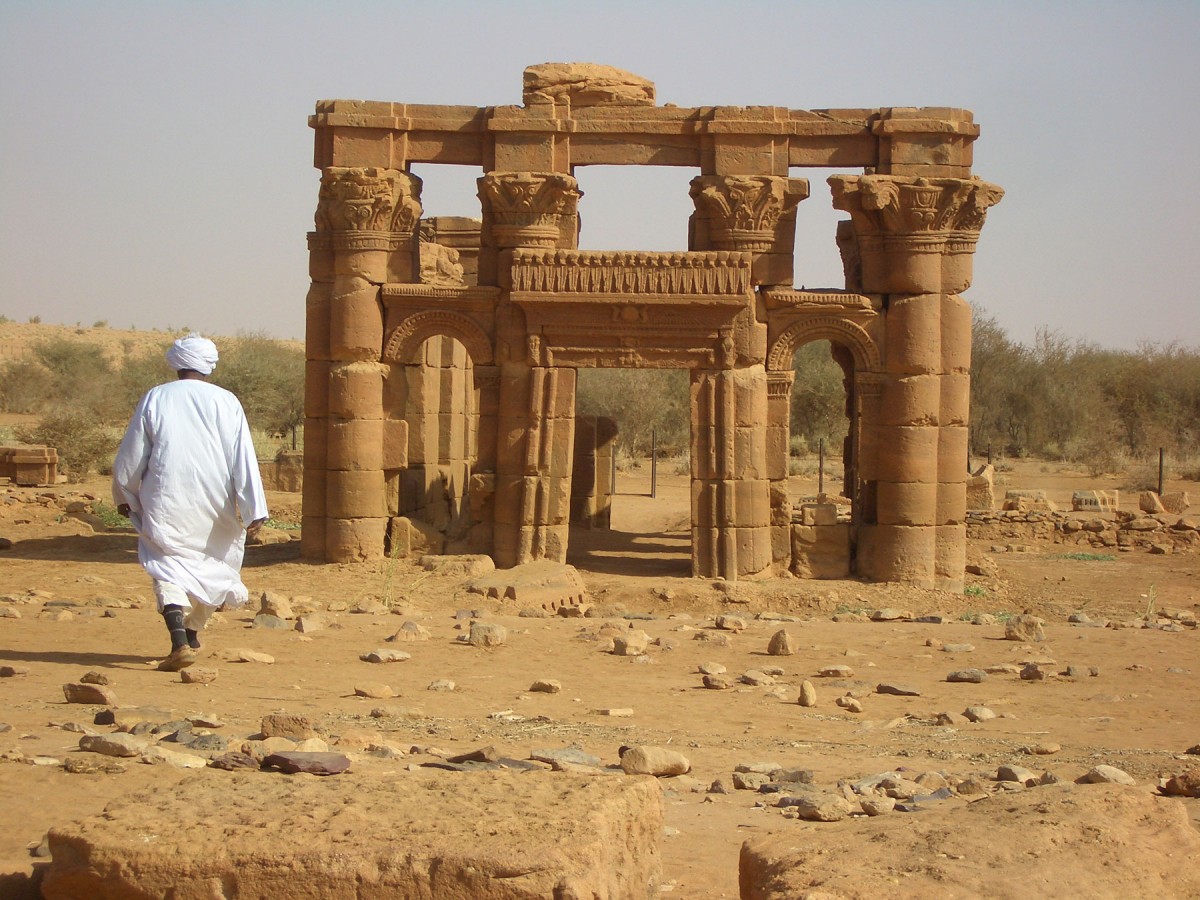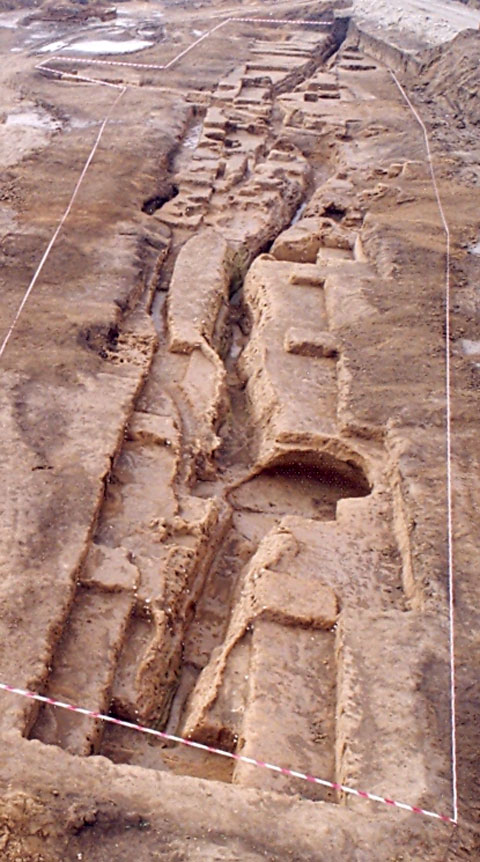Getting acquainted with the antiquities of Peparethos through a treasure hunt
A treasure hunt realized in a Lyceum of Skopelos, aiming to acquaint the students with the island’s antiquities, proved to be both an effective and amusing tool for experiential learning.
The architectural imprint left by the Franciscans on Tinos
The present article attempts to explore and interpret the distinctive features of two Franciscan monasteries in Tinos, which form two more unknown precious stones in the island’s extremely rich and largely unexplored cultural mosaic.
Public sculpture that illustrates a colonial regime
Reflexions on the relationship between art and its political context, the history of a piece of sculpture in a public space.
Remains of olive presses in ancient Thouria of Messenia
Olive presses are the first reliable evidence of olive cultivation and olive processing in Messenia during antiquity.
The cemetery at the site of Triantafyllia in Livanates (6th-2nd c. BC)
This paper focuses mainly on the burial practices of the cemetery at the site of Triantafyllia Livanates in Opuntian Locris by presenting the particular practice of burying the dead exclusively in jars.
The “tokens” (tesserae) of Palmyra
The “tokens” of Palmyra are an unusual category of ancient artifacts. They are different shaped tiles, almost exclusively ceramic, bearing embossed images, usually on both sides.
The thermal baths of Methana
One of the most interesting facts about the district’s bathing facilities is the traditional main building of the Methana thermal baths, designed by the well known architect E. Ziller.
Conflict between the Rhodians and Lycians in the light of Homer’s Iliad
Homer’s Iliad and specifically the episode of the duel between Sarpedon and Tlepolemus uses mythology and the epic to reflect the conflict between Rhodians and Lycians which had already begun in the Mycenaean era.
Man’s perception of time
The views expressed by Aristotle the philosopher regarding the nature of time, a natural quantity that mankind has tried to define since time immemorial.
Charioteers in the sanctuary of Poseidon at Onchestos
According to Apollodorus and Pausanias, even prior to the Trojan war, chariot races took place in Onchestos in honour of Poseidon. Is this perhaps related to a pair of bronze masterpieces that adorn the National Archaeological Museum?
The carved wooden templon of Panaghia Limnia in Skiathos
The church of Panaghia, situated in the centre of the Limniot quarter, was built in 1829. The church’s interior takes the visitor by surprise.
Prominent educational institutions in 19th century Athens
Varvakeion plays an important part among the public buildings of 19th century Athens, constantly appearing in various state documents and writings by architects. The present article examines the reasons for this interest.
The conical sundial in the Archaeological Museum of Piraeus
It was an everyday occurrence in Ancient Greece to use sundials in fine weather to calculate the passage of time.
Changes in the urban landscape of 19th century Patras
In the 19h century, Patras is a constantly changing city, an urban landscape where historical, social and economic changes take place.
The Sculptures of the Tumulus Kasta near Amphipolis (Part 2)
Antonio Corso gives a full account of the Amphipolis finds providing a scholarly interpretation of them.
The Goblins (Kαλικάντζαροι) of the Twelve days of Christmas
Goblins are happy, naughty demons that temporarily left their home in the depths of the earth and climbed to its surface to tease the humans.
The Sculptures of the Tumulus Kasta near Amphipolis (Part 1)
Antonio Corso gives a full account of the Amphipolis finds providing a scholarly interpretation of them.
The history of Chios seen through the exhibits of its Archaeological Museum
The history of the island seen through the most important exhibits of the Archaeological Museum of Chios; from the Early Neolithic when caves were first inhabited, up to progress made in the field of medicine in historic times.
Sudan Archaeology from a Greco-Roman Perspective (Part 4)
Nubian Byzantinisms: D. Zielinska on Nubian Christian iconography from a Byzantine perspective.
Bronze Age and Early Iron Age handmade pottery from Central Epirus
After recording and classifying the material in categories, seven of these were recognized; ceramics with decoration that was plastic, incised, impressed, monochrome, orange red, matt painted and orange red with written black polished decoration.
Sudan Archaeology from a Greco-Roman Perspective (Part 3)
"Nubia was an integral part of the Byzantine ecumene. Thanks to their ambitious rulers, the Nubian kingdoms formed a part of the Mediterranean world", Artur Obłuski about contacts between the Greco-Roman world and Nubia.
The Neolithic settlement of Toumba Kremasti Koilada (Part 6)
Excavation data of Kremasti supports the diverse use of space in settlements of the Late Neolithic period.
Sudan Archaeology from a Greco-Roman Perspective (Part 2)
This paper reviews models of political economy and negotiations of power through regional exchange systems and long distance trade at the Meroitic state.
The Neolithic settlement of Toumba Kremasti Koilada (Part 5)
Interpretation of the Kremasti ditches should not focus on the form they present today, neither should they be seen as a large community work constructed at a given moment in time to serve a specific need.
